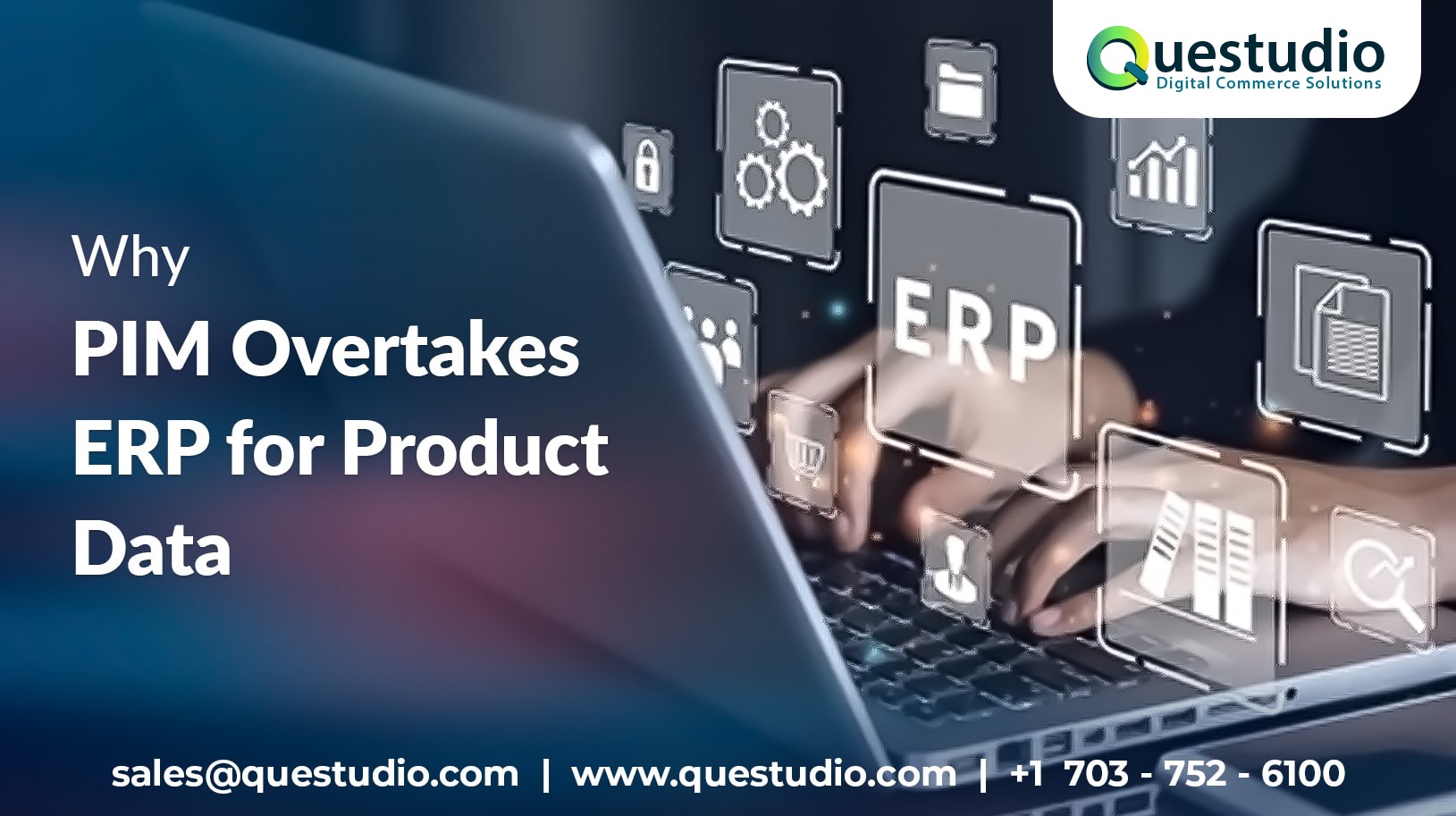Why PIM Overtakes ERP for Product Data
Why PIM Overtakes ERP for Product Data? ERP software provides a vital “hub” for sales-related business functions, providing visibility and control across a wide range of functions. While an Enterprise Resource Planning system (ERP) can significantly increase a company’s efficiency, it is less than ideal for managing and publishing product data. Comparing the roles of Enterprise Resource Planning (ERP) and Product Information Management (PIM), it becomes clear that PIM is the superior firm for managing and delivering product data to customer channels.
ERP as a central command post
The purpose of an Enterprise Resource Planning system (ERP) is to organise and optimise business processes. When an ERP system is implemented, it organizes all of a company’s internal sources of information to provide management with a centralised command-post view of critical “back-end” operations information. Typically, this information includes the following items:
- Inventory lists that include part numbers that are visible to the customer as well as selling units and package quantities
- Name of the supplier and part number
- Part description that is only long enough to identify the specific SKU and print on the invoice.
- Inventories by warehouse and/or retail location are shown below.
- Part prices and price lists are available upon request.
- Precautions for shipping, hazmat, legal, environmental, and other aspects of handling
- Sales regions, sales representatives, countries, and regions, to name a few examples.
The ability to share information between functional departments is one of the most significant advantages of an enterprise resource planning system. The Enterprise Resource Planning system (ERP) connects information “silos” throughout an organisation. Information that would otherwise be inaccessible or difficult to achieve can now be accessed by key departments such as sales, finance, purchasing, logistics, marketing, and other key departments through this central depository.
ERP Restrictions are in place.
While the ERP is powerful, it is insufficient for managing all of the product data for tens or hundreds of thousands of SKUs in a timely and effective manner. The product information that is stored in the ERP system is rudimentary in nature. This bare minimum of information is not intended to be shared with customers.
A further limitation of the ERP is that it lacks the flexibility and granularity necessary for organising and enriching product data. Consider the following scenarios: adding a new data field to an ERP system, expanding a one-line product description to even a single paragraph, or changing a data field parameter.
To efficiently publish product information to multiple customer channels, such as websites, marketplaces, and print, it is extremely crucial to do so with an ERP.
PIM for Omnichannel Publishing
Businesses require a powerful tool that allows them to create, manage, and publish product information across multiple digital and print channels, without compromising on usability. Furthermore, a company’s ability to manage this massive amount of data efficiently is essential. Enter the product information management (PIM). A good PIM solution accomplishes all of the above, and more, including:
This system allows for open integration, both upstream with ERP systems and downstream with commerce channels (print, online store, tablet, phone apps)
- This feature enables the creation and modification of product hierarchical structures.
- An infinite number of object types and attributes can be created using this approch.
- The ability to categorise by channel and to have multiple catalogues per channel are both supported.
- It makes use of integrated data quality tools to clean up and improve the overall quality of the product data.
- The ability to update products at a global level across the entire database as well as make localised changes for specific situations
- Photographs, manuals, schematics, and product descriptions are among the assets contained within this folder.
- Does not have any limitations other than the parameters of the data model
- It is possible to produce in multiple languages.
- It is possible to extend the useful life of an older ERP by providing functionality that goes beyond the capabilities of the ERP.
PIM will communicate with the ERP in the same way that other internal systems communicate with one another, according to the plan. The best PIM products enable bidirectional communication between the ERP and the PIM system.
Example: The PIM can pull prices from a price file and publish them in a print catalogue.
Example: It is possible to create new products in the PIM first, and then transfer key data from the PIM back to the ERP when the products are ready for launch. An API connector is the most common type of connection between a PIM and an ERP.
ERP and PIM are similar to the process of making a movie.
Consider a movie production as an example of how the ERP and the PIM are complementary to one another in practise.
Off-screen operations such as finances, logistics, contracts with talent, physical production locations, and distribution agreements are represented by the Enterprise Resource Planning system (ERP).
The PIM is the stage or location where the actors, directors, film crews, editors, and supporting crew come together to create and produce the final product that you, the consumer, see on the screen. The PIM is also referred to as the production information monitor.
The ERP and the PIM are intertwined and interdependent. Additionally, it is necessary for a successful business.
Contact one of our Product Information Management (PIM) experts to learn why thousands of marketing and commerce professionals over the world rely on Questudio’s PIM to manage their product information and product information management.
Related Posts





